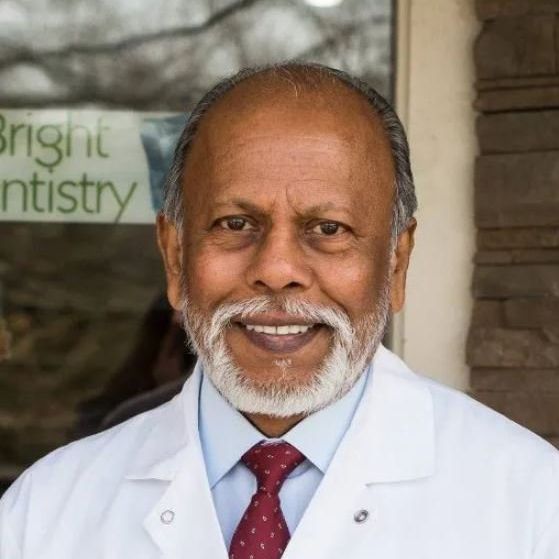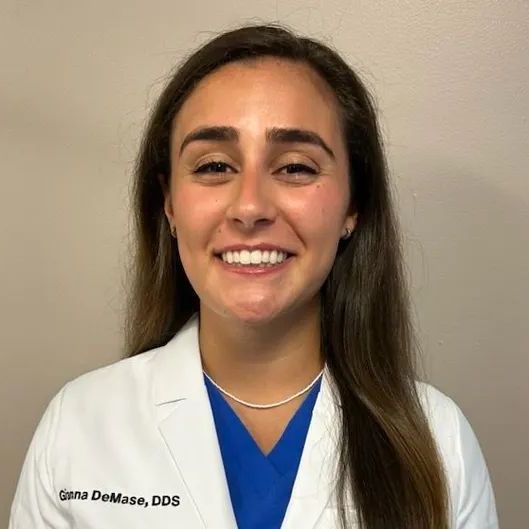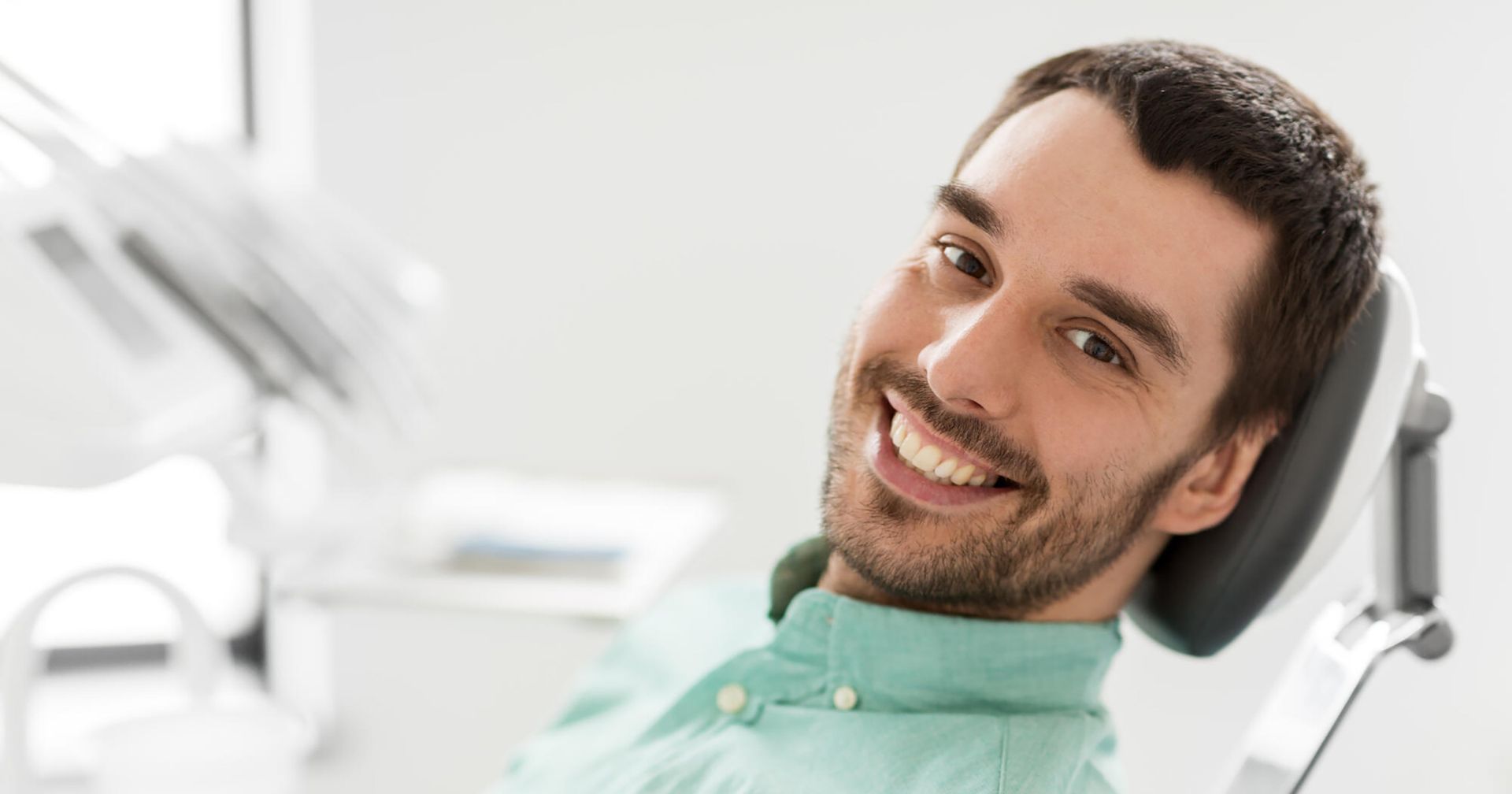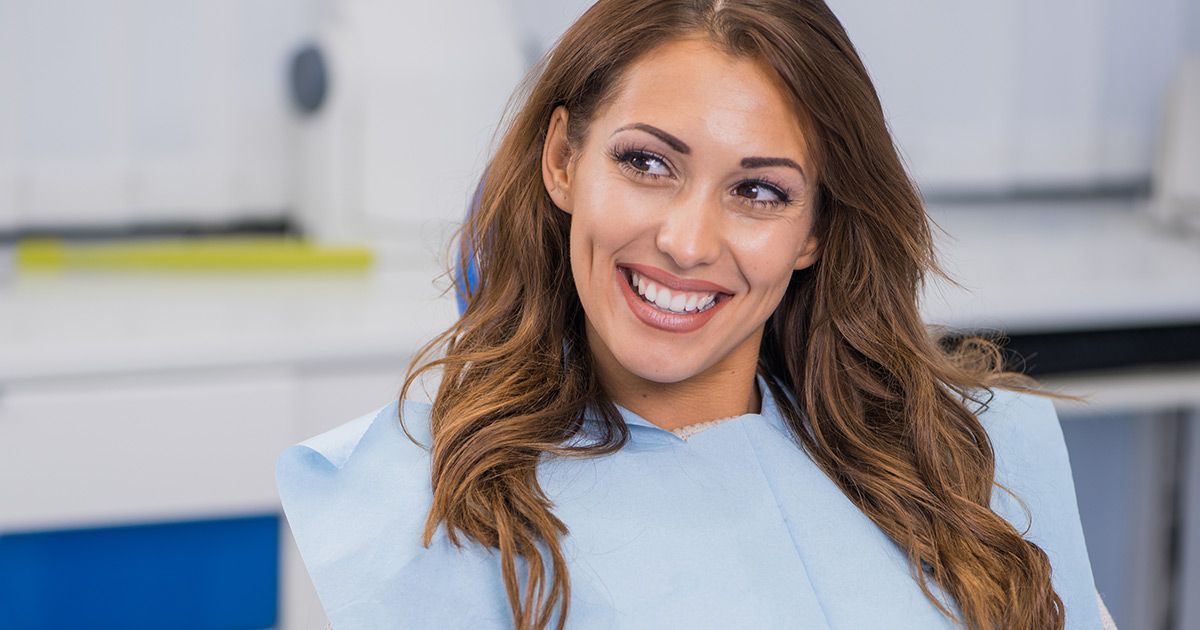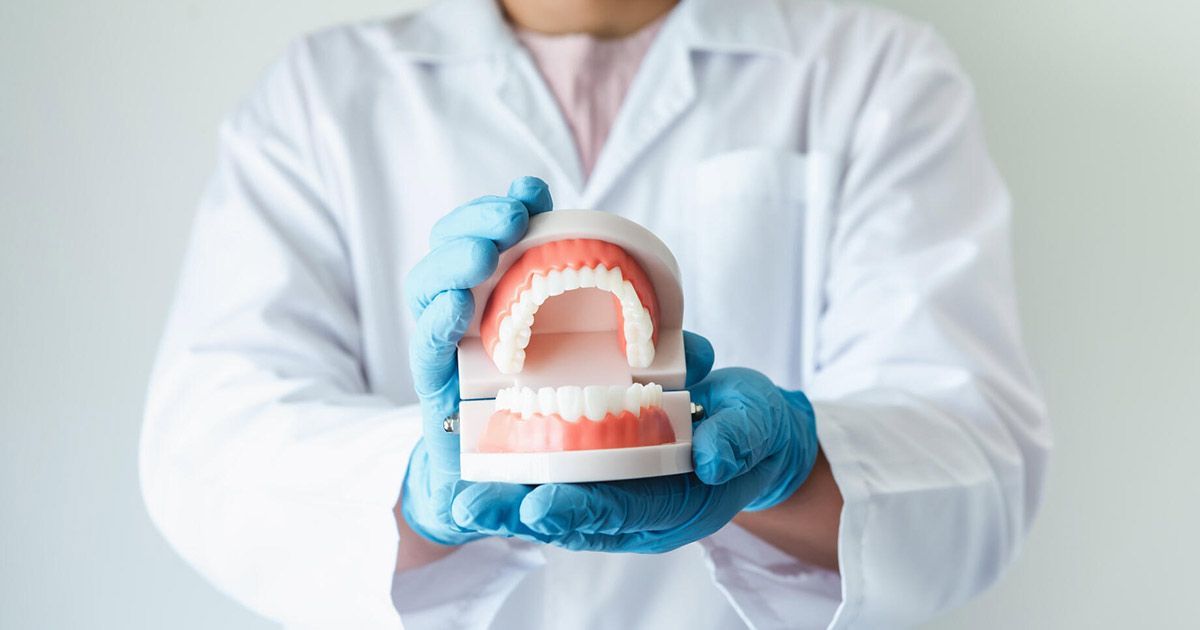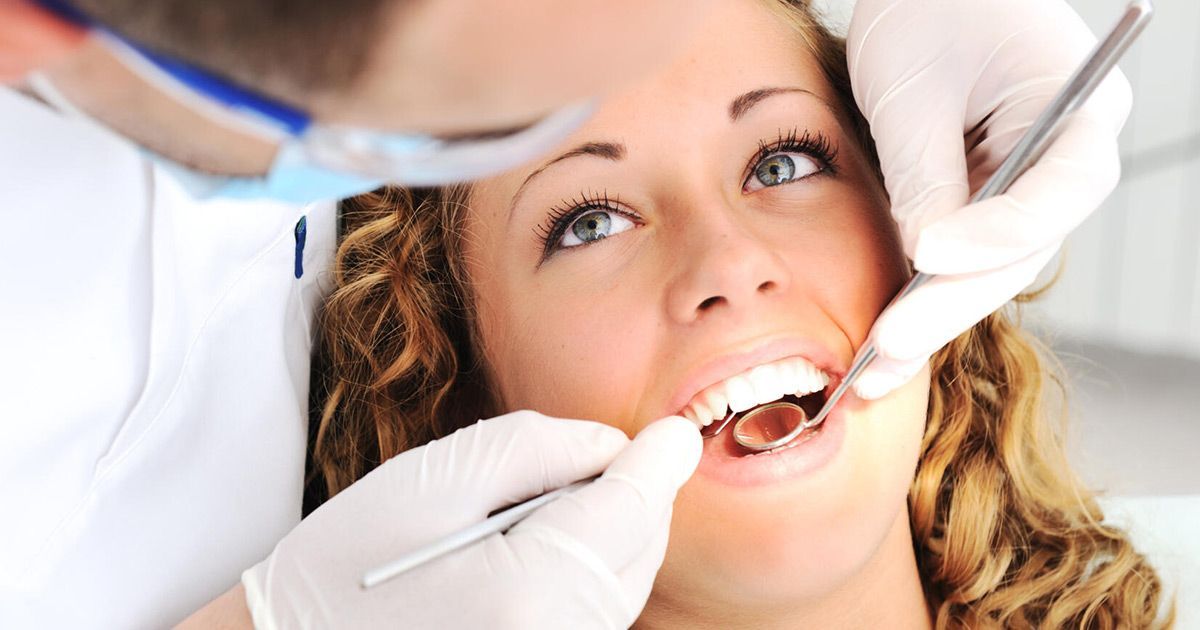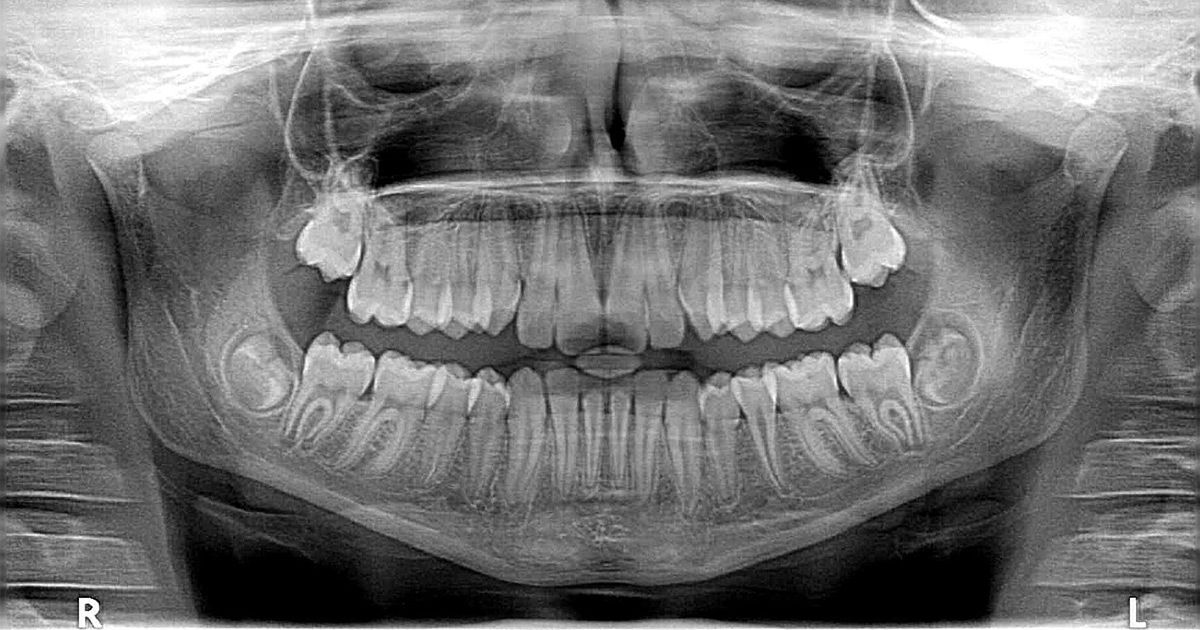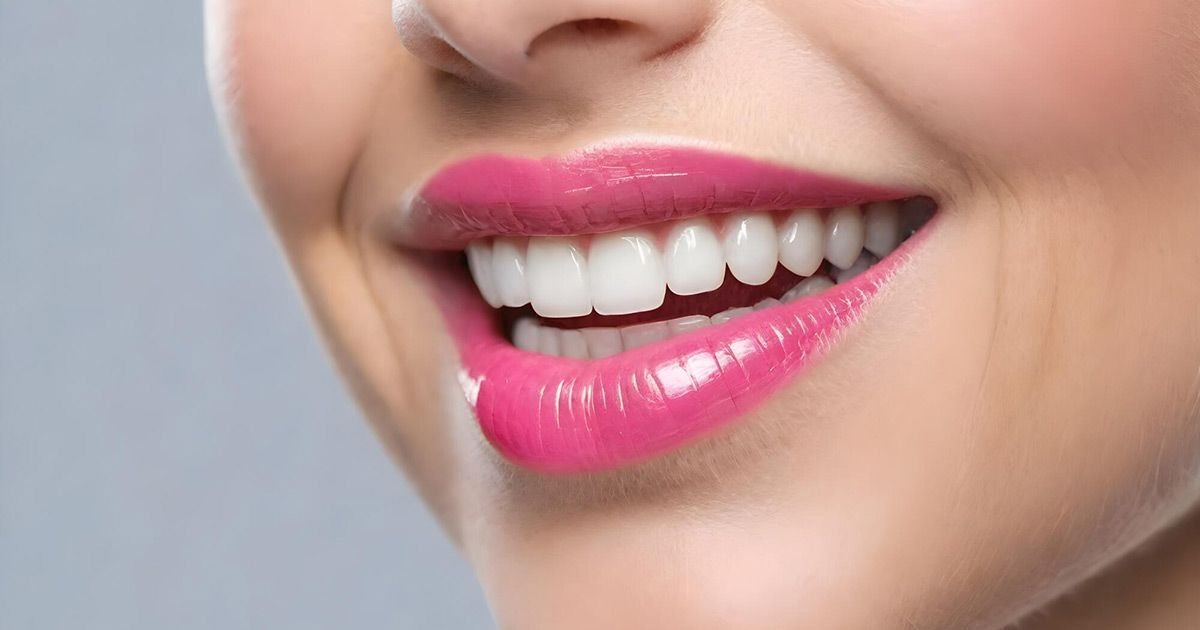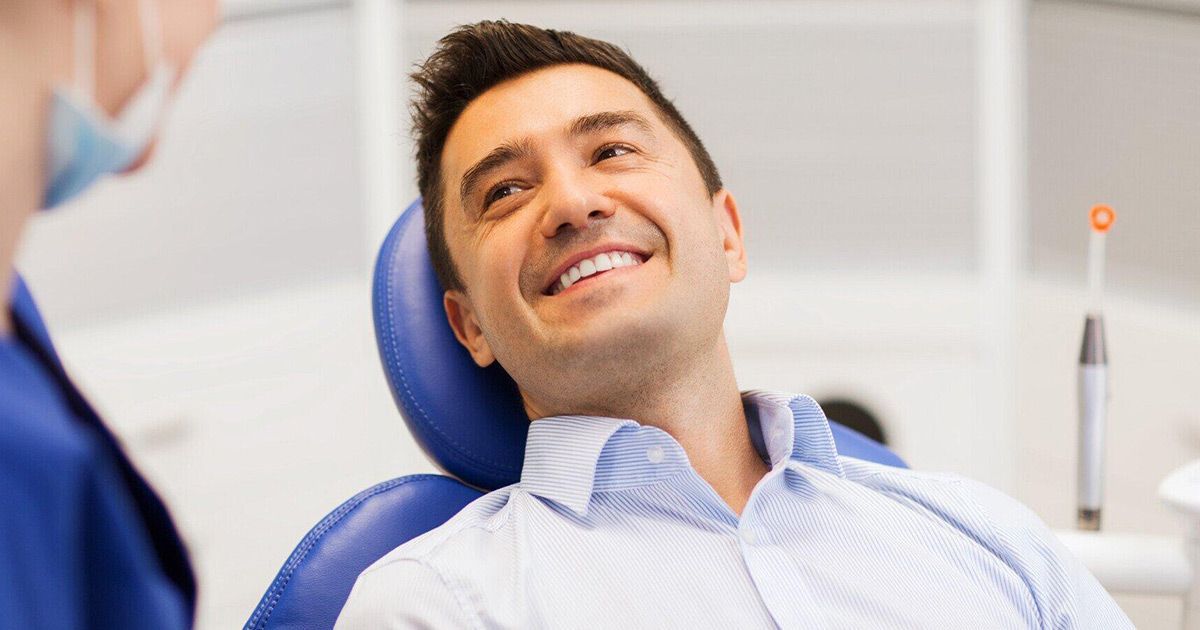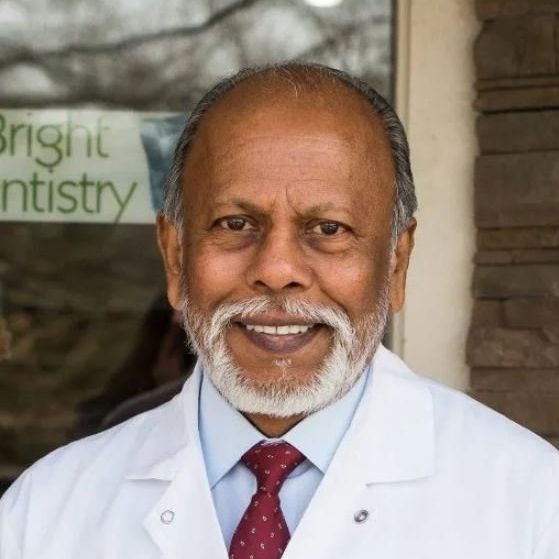Invisalign or Braces: Which Option Is Best for You?
Are you trying to decide between Invisalign or braces? Here is a quick guide to choosing between the two teeth straightening options.
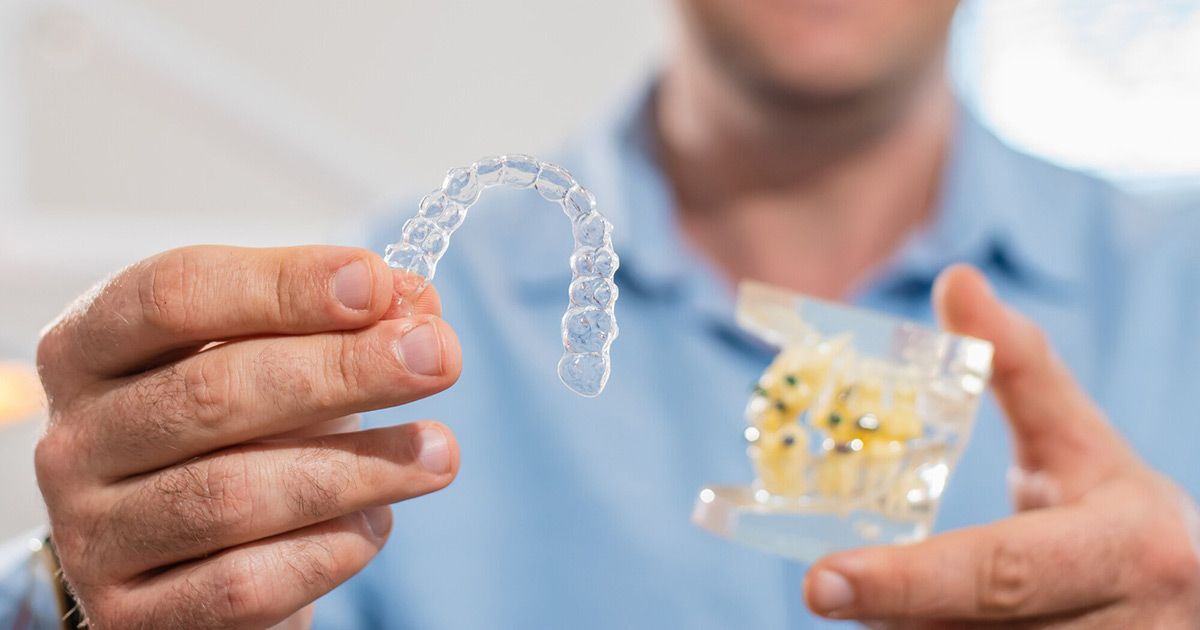
Are you unhappy with the appearance of your teeth? If they no longer appear straight, it could affect the aesthetic of your smile and oral health. You're not alone.
About nine million people in the US receive orthodontic treatment each year. It's the third-largest treatment category in dentistry! With Invisalign or braces, you can straighten your smile for stunning results.
Not sure how to choose between Invisalign or braces? Read on to learn more about these teeth-straightening options today!
What Is Invisalign?
Invisalign is a brand of clear aligners. These orthodontic devices can correct crooked or gapped teeth with discretion. The invisible braces (also called clear aligners) are custom-made.
They're molded from medical-grade plastic to ensure a perfect fit around your teeth. Your clear aligners will apply pressure to your teeth. Over time, they'll guide your teeth into the desired position.
Here are a few pros and cons to consider before beginning teeth straightening treatment with Invisalign.
Pros
One of the top benefits of Invisalign is its discretion. Unlike traditional metal braces, Invisalign doesn't involve brackets or metal wires. They're created using clear, nearly invisible plastic.
People won't notice you've started treatment if you choose Invisalign. As a result, clear aligners are ideal for older patients (especially those in the workforce).
The plastic is also comfortable. Since the aligners fit flush against teeth, they won't cause cuts. However, they may cause mild discomfort as you grow accustomed to having them in place.
It's easier to brush and floss your teeth if you choose Invisalign over braces.
You can remove your Invisalign aligners to eat, brush, and floss. You won't experience difficulty brushing around wires or brackets. Since you can remove your aligners, you won't have to avoid certain foods.
Instead, you can eat nuts, popcorn, or bagels as you normally would.
Choosing treatment with Invisalign means fewer dental appointments. You'll only need to visit your dentist every four to six weeks. Your dentist will provide you with multiple pairs of aligners during this time.
You'll switch your aligners out every week to bring your teeth into alignment.
Cons
Invisalign aligners are less effective on patients who have extensive orthodontic issues. If you have more complex issues, your dentist might recommend traditional braces instead.
Invisalign isn't ideal for younger patients. You'll need to wear your aligners for 20 to 22 hours a day. Otherwise, you'll experience a delay in your treatment.
Younger patients are more likely to forget to wear their aligners. They might also lose or damage their aligners.
If you can't remain compliant, you might want to consider different dental services.
You'll need to remove your aligners before meals. Otherwise, food particles can get trapped between your teeth and aligners. Bacteria can grow along your teeth and gum line, potentially leading to cavities.
Certain liquids containing dyes (juice, soda, coffee, tea) could discolor your aligners. Make sure to remove them to drink anything besides water.
What Are Braces?
When most people imagine teeth-straightening treatment, they imagine traditional metal braces. Before you begin treatment, your dentist will need to glue metal braces to your teeth. These brackets will keep the metal wires in place.
Both the wires and metal brackets will help bring your teeth into alignment. Over time, your teeth will move into the proper position.
Pros
Braces are a universal teeth-straightening option. They can help patients with minor to complex orthodontic issues.
Braces are powerful and effective, as they adhere directly to each tooth.
There are multiple options to choose from. For example, lingual braces are placed behind the teeth for discretion. Ceramic braces are also less visible than traditional metal braces.
Patients can't remove their braces without help from a dentist, meaning they require less responsibility. You won't have to remove a mouthpiece before meals. You can also drink coffee or tea without worrying about brushing your teeth immediately afterward.
Cons
Traditional metal braces aren't as comfortable as clear plastic aligners. It can take some time to get used to them. They might cause cuts or irritation inside your mouth as you adjust.
Braces are more visible than clear aligners. Though ceramic braces and lingual braces are less noticeable, they're not as discrete as clear aligners.
Patients wearing braces will need to limit their diet. Foods that aren't permitted include:
- Gum
- Hard candy
- Bagels
- Popcorn
These foods can get stuck in your brackets or cause damage.
You'll need to
visit your dentist more often if you choose treatment with braces. During each visit, your dentist will tighten your braces.
Braces vs. Invisalign
When choosing between Invisalign or braces, it's important to consider your lifestyle and goals.
If you work in an office and want to appear professional, consider clear plastic aligners. They offer discretion. You might feel uncomfortable wearing metal braces in an office setting.
Treatment with Invisalign is usually faster. However, Invisalign isn't ideal if you have more complex orthodontic issues. If you have more complex issues, your treatment plan might take longer.
You'll need to visit your dentist to determine the duration of your treatment plan.
Invisalign aligners are more comfortable than metal braces. You can also remove your aligners to eat anything you want. If you choose braces, you'll need to make adjustments to your diet.
You'll need to remain disciplined if you choose Invisalign. Remember, you'll need to remove your aligners to eat. Afterward, you'll need to brush and floss before putting your aligners back in.
With braces, you'll receive around-the-clock treatment.
If you're busy with work, you might not have time for regular appointments. Invisalign treatment requires fewer in-office appointments.
Visit your
Mount Vernon dentist to discuss both treatment options.
Choose Invisalign or Braces Today
To recap, should you choose between Invisalign or braces? It depends on your distinct orthodontic needs. Talk to your dentist in Mount Vernon, NY.
They can help you make a more informed choice based on your oral health and treatment goals!
Want to schedule an appointment to learn more about these teeth-straightening options? We're here to help!
Book your appointment at Sparkle Dental today!
Dr. Rohit Z Patel
D.D.S
After graduating at the top of his class, Dr. Patel continued his postgraduate studies in endodontics at Columbia University College of Dental Medicine in New York. He was appointed to assistant clinical professor of dentistry at Columbia University and later moved on to teach at the Montefiore Medical Center’s Department of Dentistry. Westchester Magazine recognized Dr. Patel as a “Top Dentist for 2012.”
Dr. Yung Kim
D.D.S
Dr. Yung Kim is a double board certified Periodontist and board certified Prosthodontist, educated to treat many extremely complex disorders involving gum disease, tooth decay, and oral pathology. His focus is on full-mouth, complex, surgical, and reconstructive dentistry. He has extensive knowledge of implant dentistry and advanced surgical procedures, specializing in teeth in a day and All-on-Four implants. He is also Invisalign certified and experienced with CAD/CAM restorations and dentures.
Dr. Santvana Vyas
D.D.S
Dr Vyas attended NYU College of Dentistry and earned DDS in 2016 at the top of her class. She was inducted into Omicron Kappa Upsilon (OKU), the national dental honor society and earned Outstanding Achievement Award in study of Prosthodontics.
Dr Vyas is an active member of American College of Prosthodontics (ACP) and American Dental Association (ADA). She is appointed as a Clinical Assistant Professor at NYU College of Dentistry. She is married and is blessed with two sons.
Dr. Gianna DeMase
D.D.S
Dr. DeMase received her undergraduate degree from Binghamton University where she double-majored in Biology and Spanish. She then earned her Doctor of Dental Surgery from New York University College of Dentistry where she graduated with honors in periodontics. After dental school, Dr. DeMase completed a General Practice Residency at Jacobi Medical Center, a level one trauma hospital. Here, she participated in community outreach in the women’s health clinic and taught medical students how to do oral exams. She also worked with special needs patients in Jacobi’s Rose F. Kennedy Center. Dr. DeMase remains committed to being active in the community.
Read More
Dr. DeMase has experience in cavity restoration, endodontics, oral surgery, oral pathology, and prosthodontics including implant restorations.
She highly values patient education and always ensures your comfort and understanding of the treatment. She strongly believes in patient centered care and therefore tailors each treatment plan to you and your needs. As a member of the American Dental Association, Dr. DeMase is always aware of the latest studies and developments in the dental field and strives to apply them to her practice. In her spare time, she can usually be found with a book in her hands.


